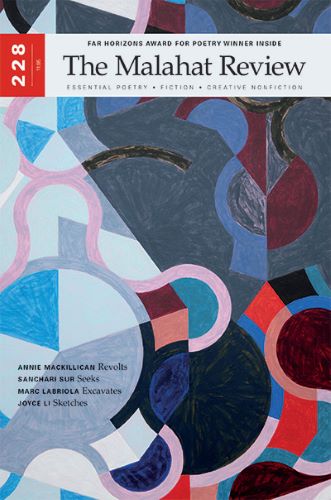World Literature Today – January-February 2010
Volume 84 Number 1
January-February 2010
Bimonthly
Brian Brown
Putting together a journal on literature from across the world would be a daunting task, but the editors of World Literature Today have pulled it off wonderfully in the January-February 2010 edition. The journal’s international scope is clear from the cover, which announces its two special sections – one on Taiwanese literature, another on Korean – as well as introducing a poet from El Salvador. The journal further contains an essay from a Croatian writer and Mayan poems, with the Mayan and Spanish versions included with the English translation. A pair of Irish poems and an excerpt from US author David Shields’s forthcoming book round out the range of nations represented here.
Putting together a journal on literature from across the world would be a daunting task, but the editors of World Literature Today have pulled it off wonderfully in the January-February 2010 edition. The journal’s international scope is clear from the cover, which announces its two special sections – one on Taiwanese literature, another on Korean – as well as introducing a poet from El Salvador. The journal further contains an essay from a Croatian writer and Mayan poems, with the Mayan and Spanish versions included with the English translation. A pair of Irish poems and an excerpt from US author David Shields’s forthcoming book round out the range of nations represented here.
Each of the special sections is prefaced by an informative introduction that gives a brief overview of the literature from the spotlighted region, and explains the relevance of the included works. Each section also has a call-out, highlighting other noteworthy works from the focus region. The review sections in the back as well as the front are devoted to spotlighting upcoming works and announcing recent releases from around the world.
One especially noteworthy piece was the short story by Taiwanese writer Huang Chung-ming. It is the only piece of fiction included in its entirety in this issue. It is a beautiful depiction of the relationship between a young Taiwanese boy and his grandfather and the bond they develop through the mutual adoration of an English pocket watch. As the guest editor of the special section, Michelle Yeh, points out, “their fascination with an English pocket watch provides the perfect foil for the modern history of Taiwan and the hope of universal peace and harmony.” Part of the peace and harmony is illustrated in the playful dialogue between the old man and his grandson, Little Ming. And when the grandfather dies, the reader accompanies him to the afterlife, where he makes restitution for the violence that brought the pocket watch into his possession.
Aging, death, and dying seem to be unifying themes tying many of these works together; the overall effect of these works from around the world touching on common themes in their culturally unique ways is truly harmonious.
[www.worldliteraturetoday.com/]




